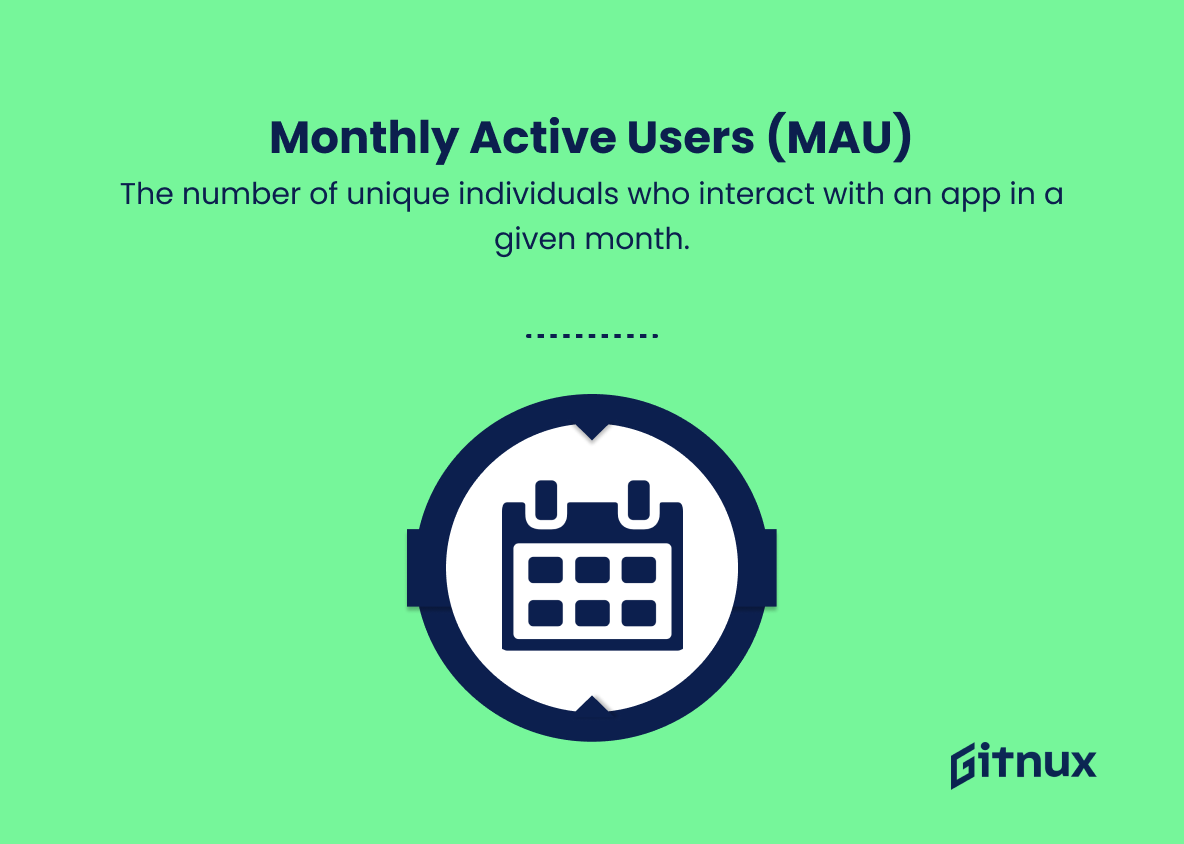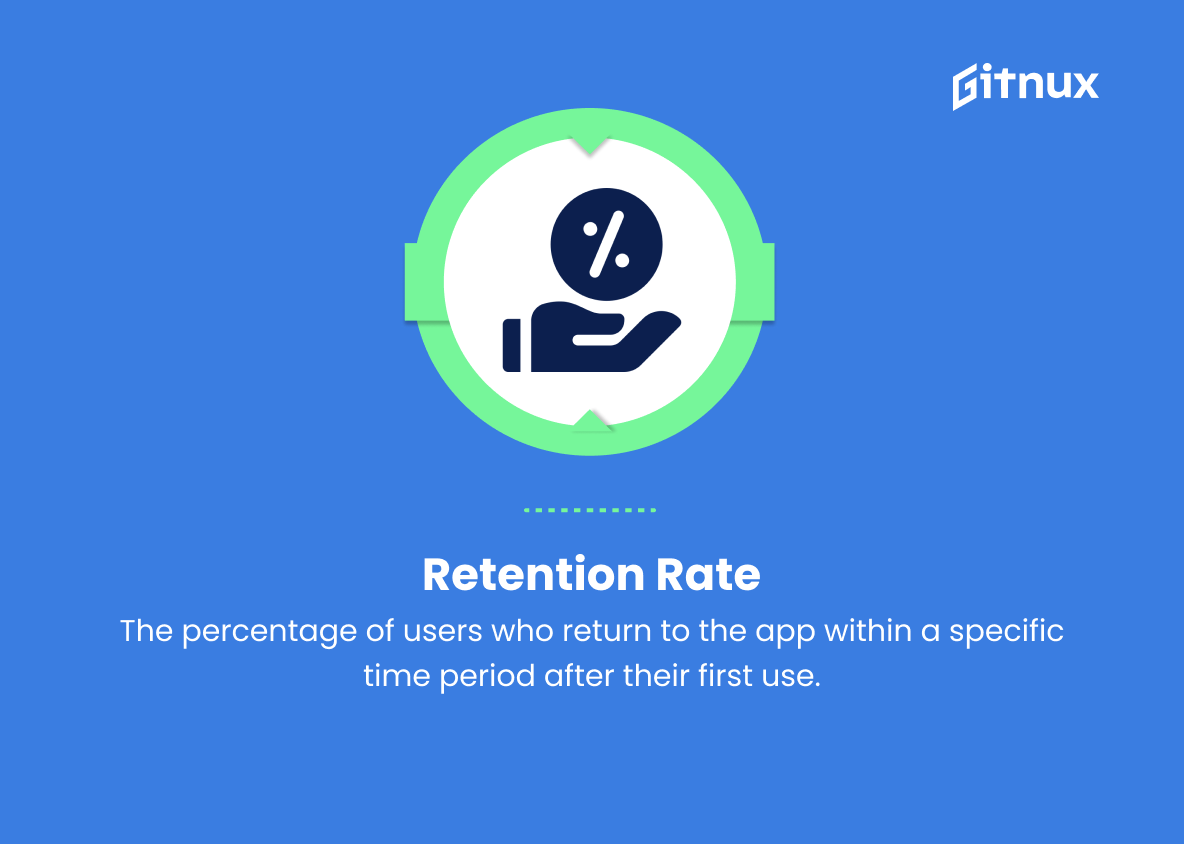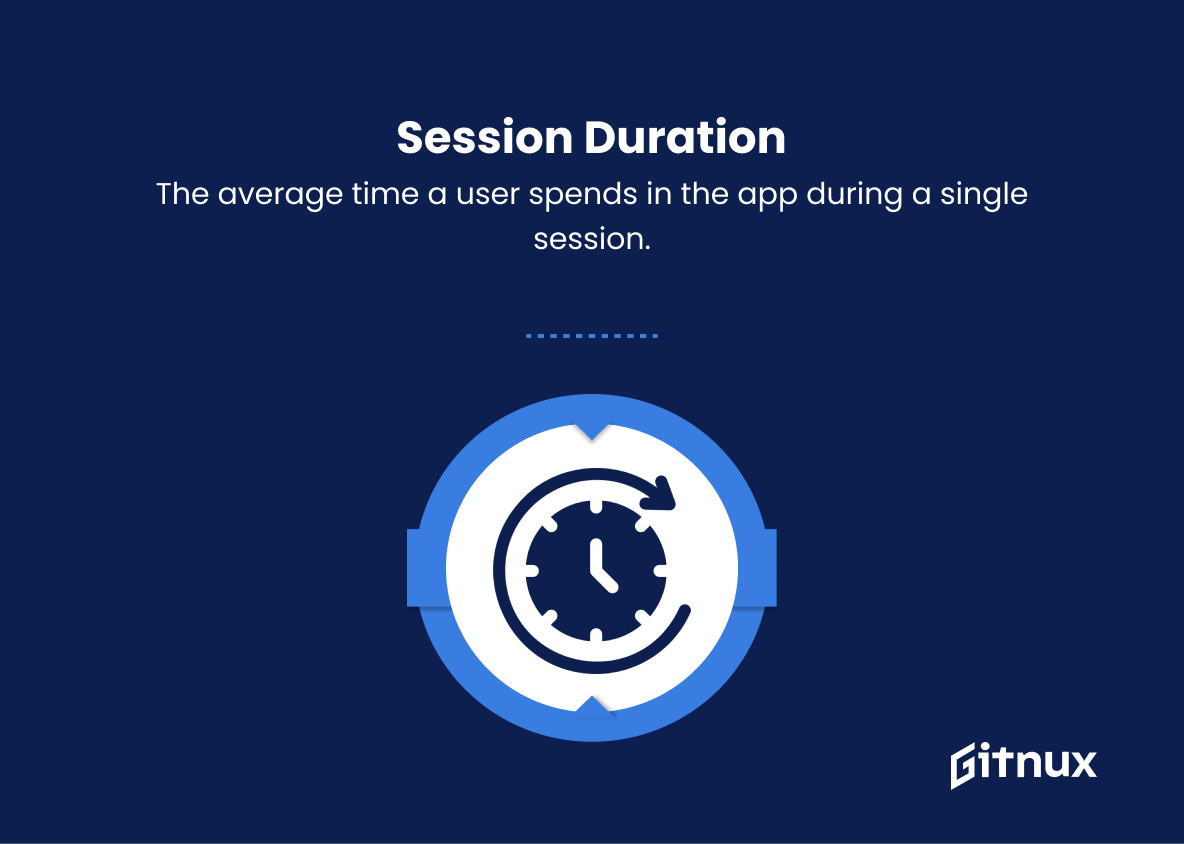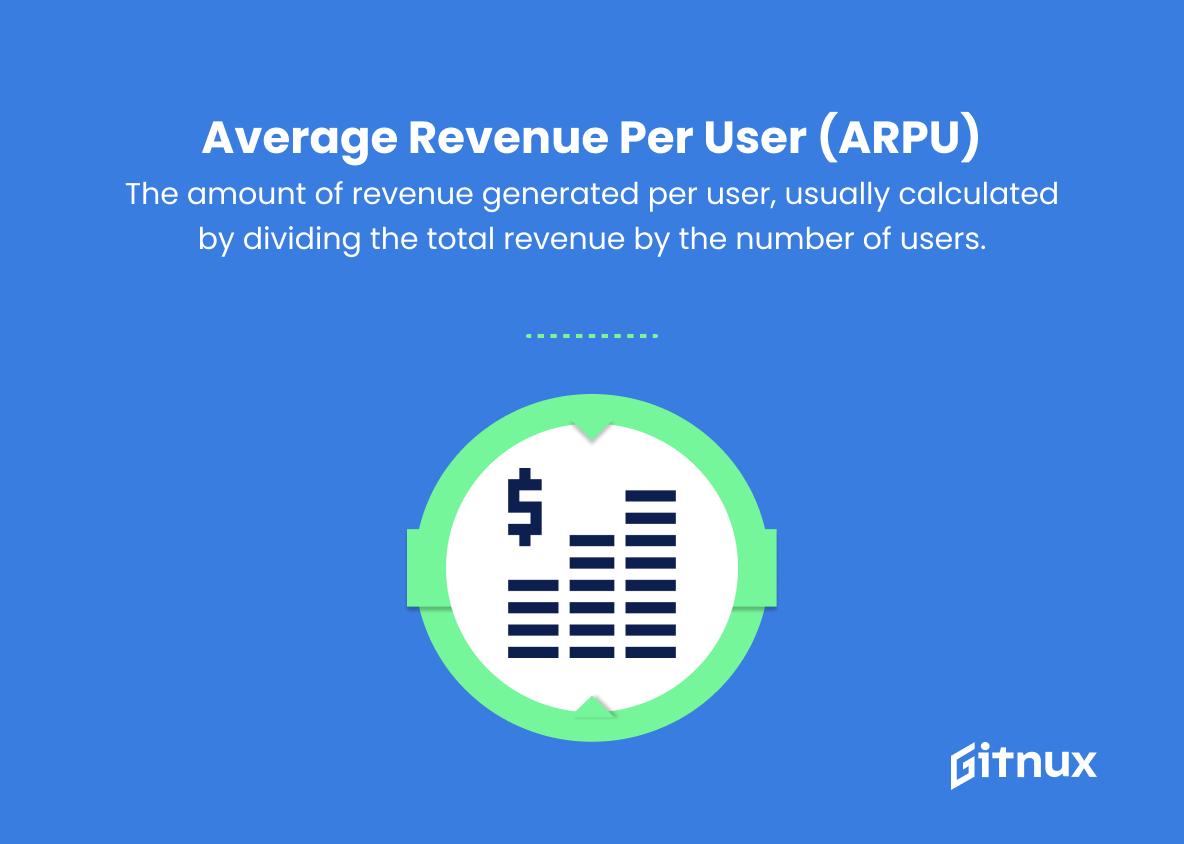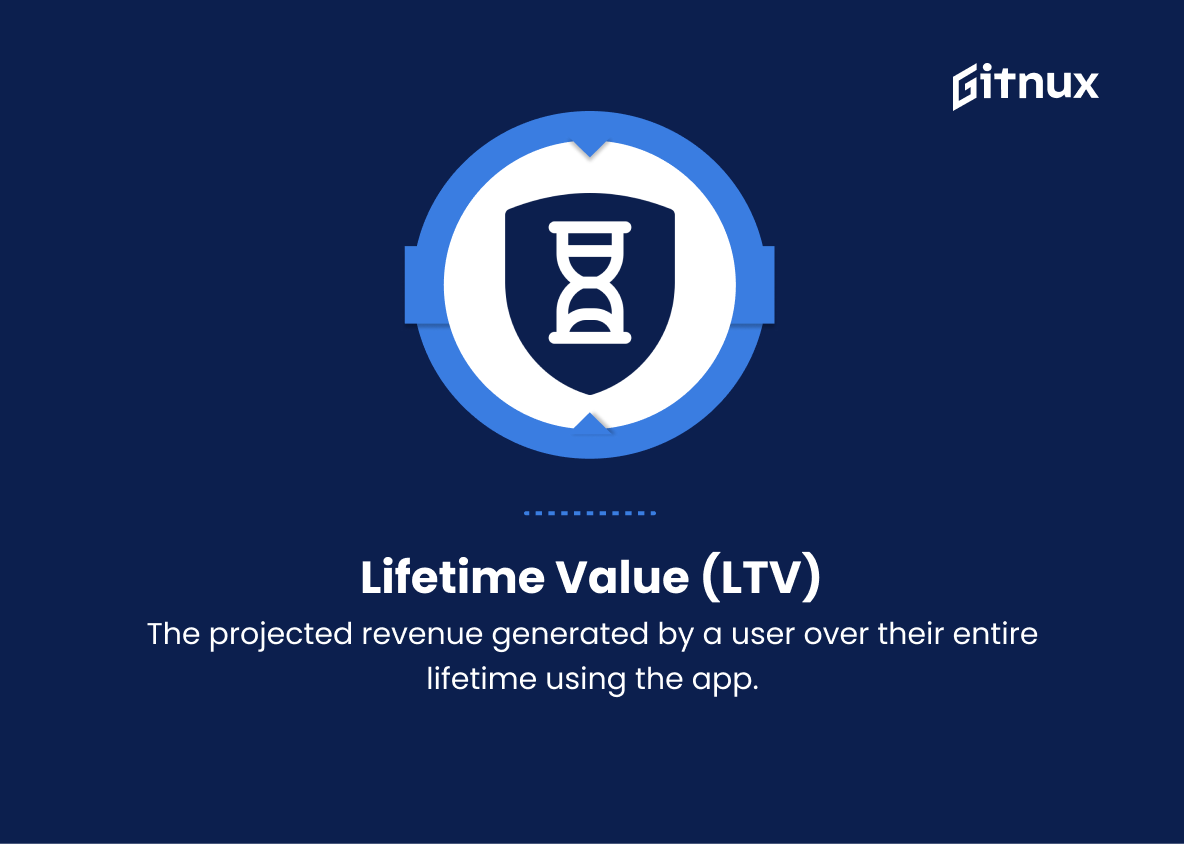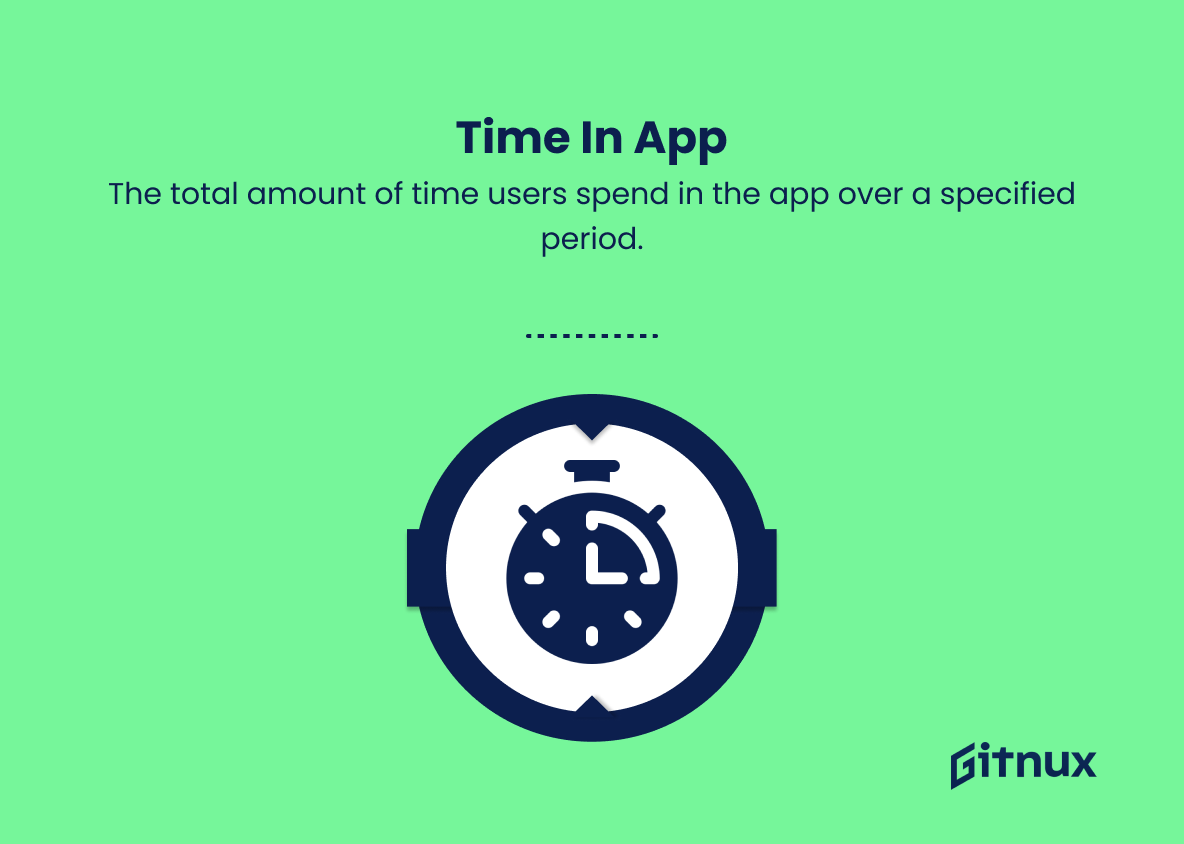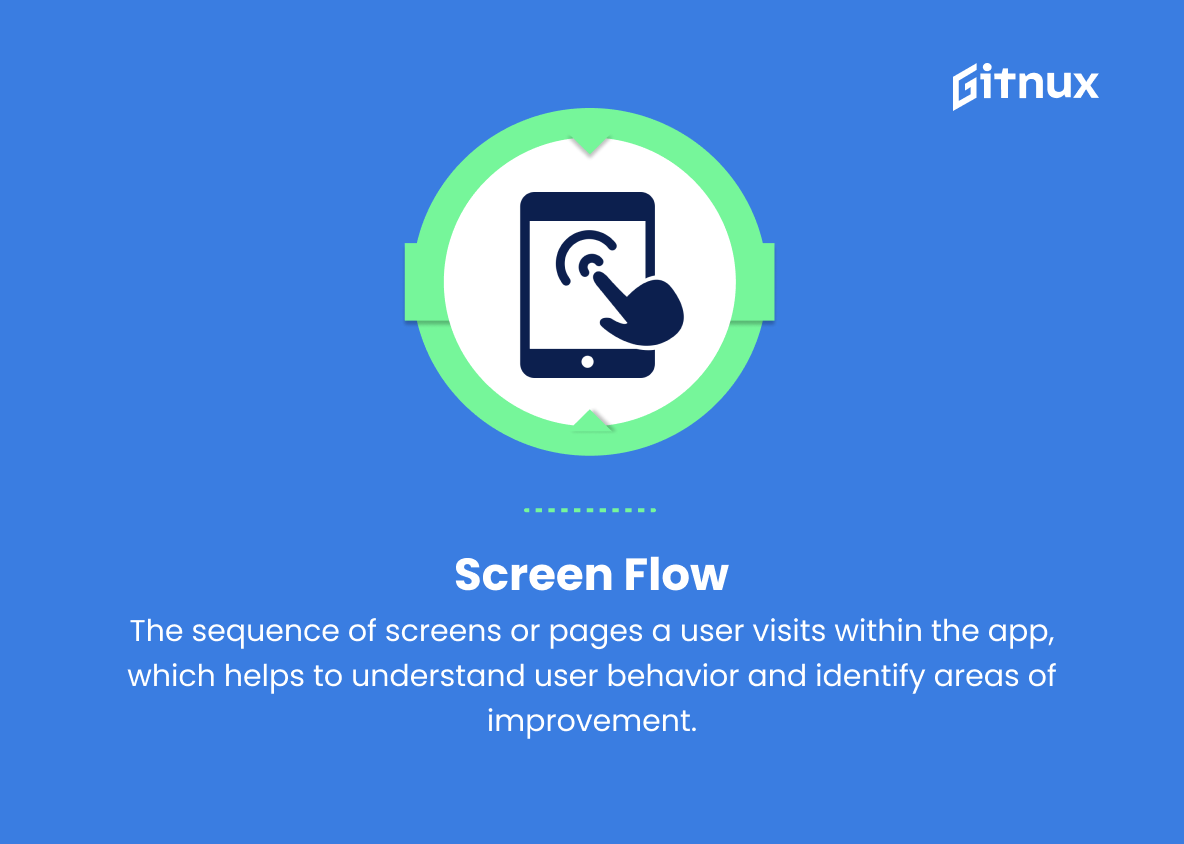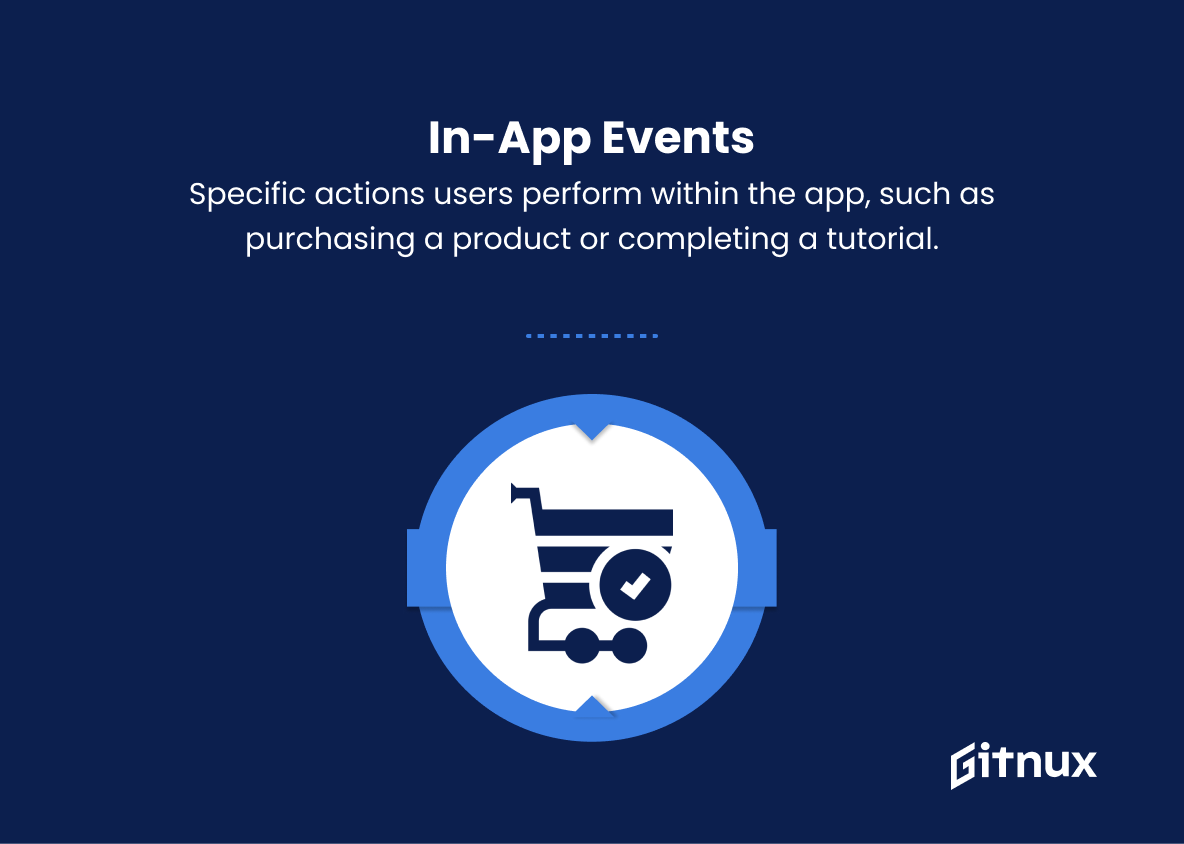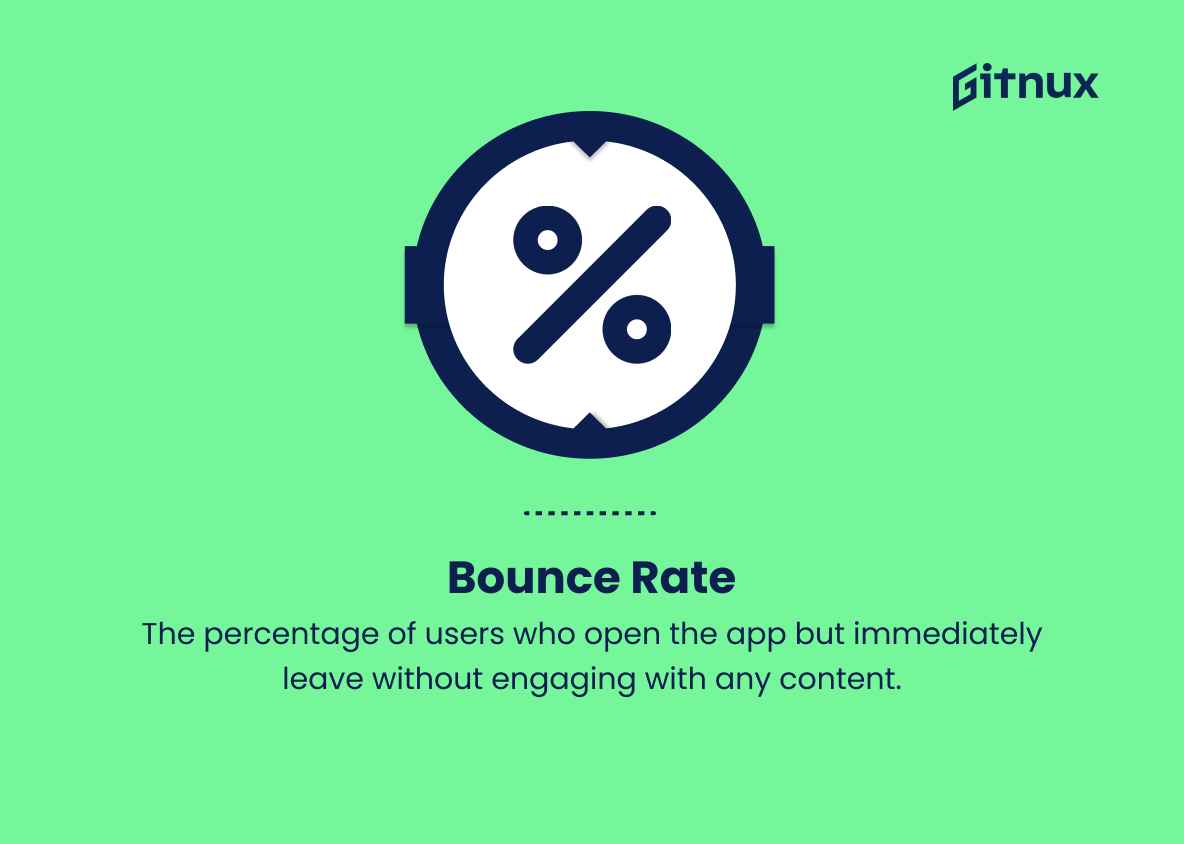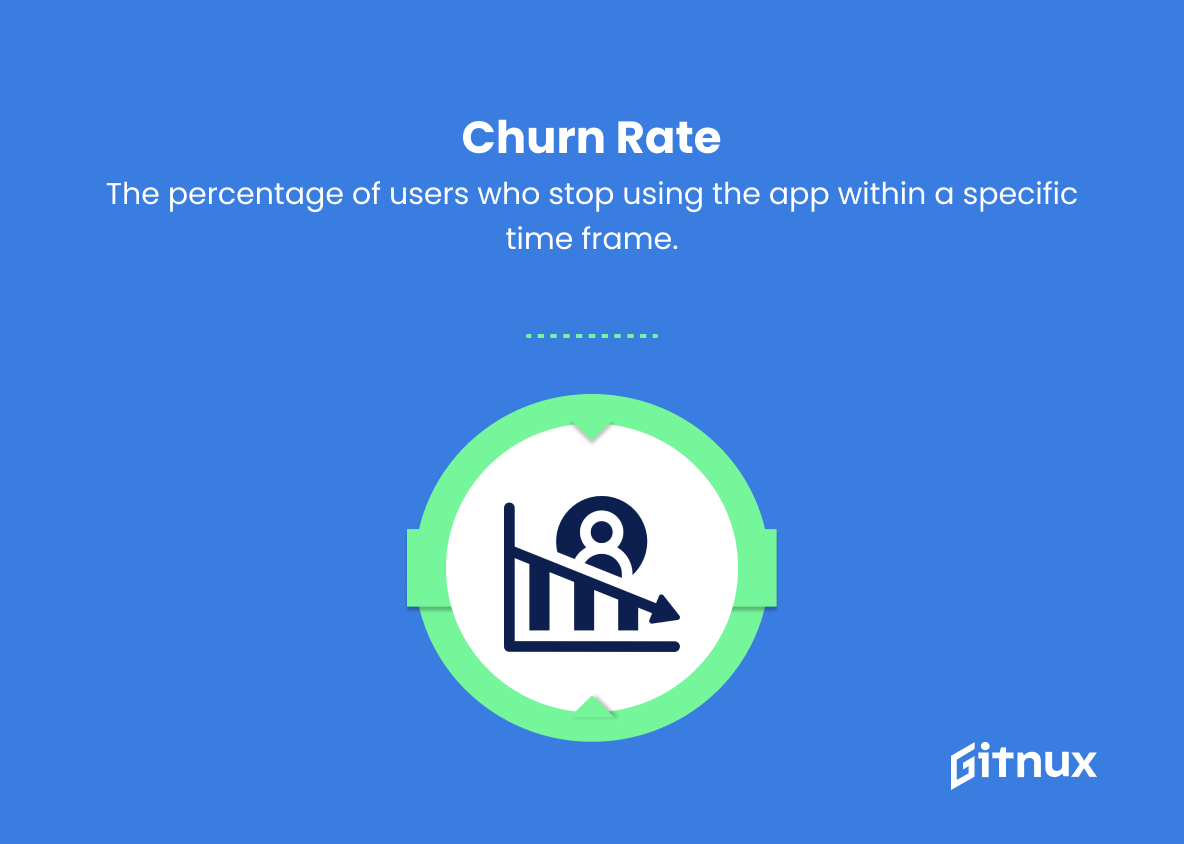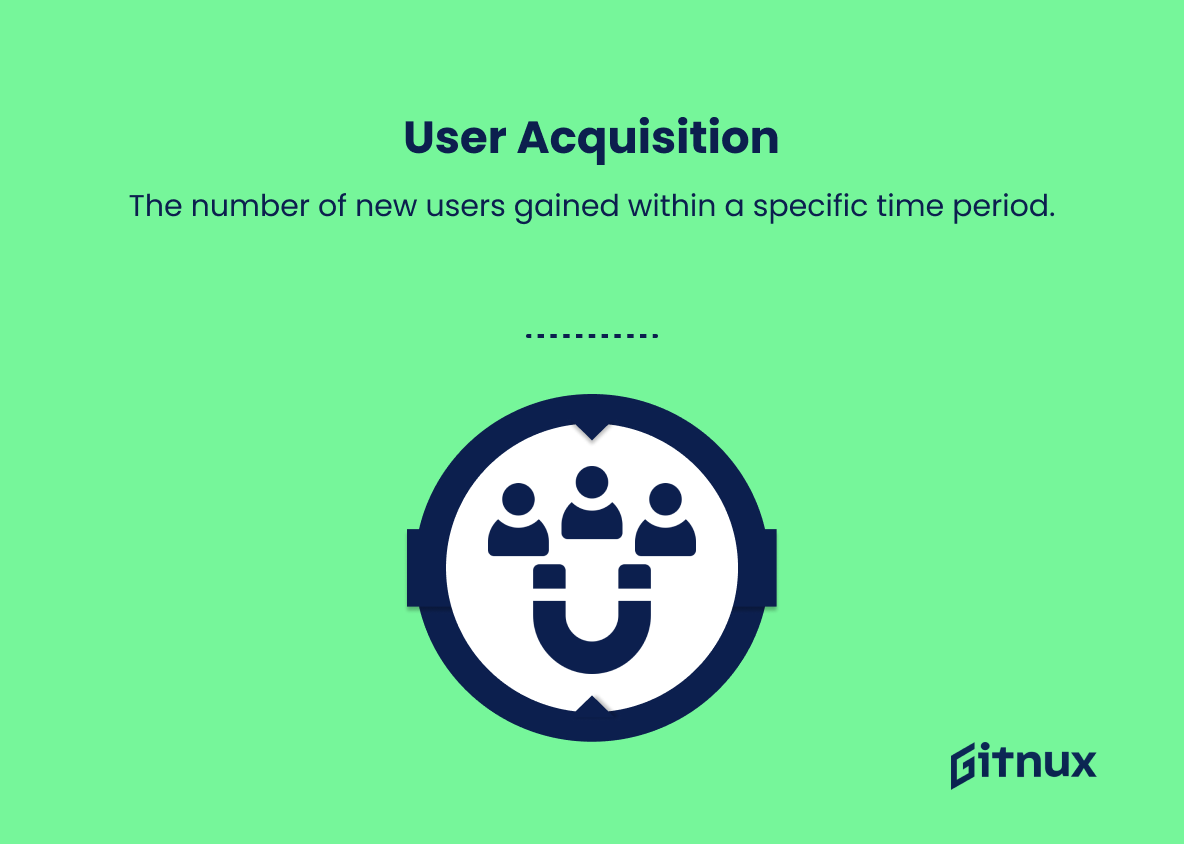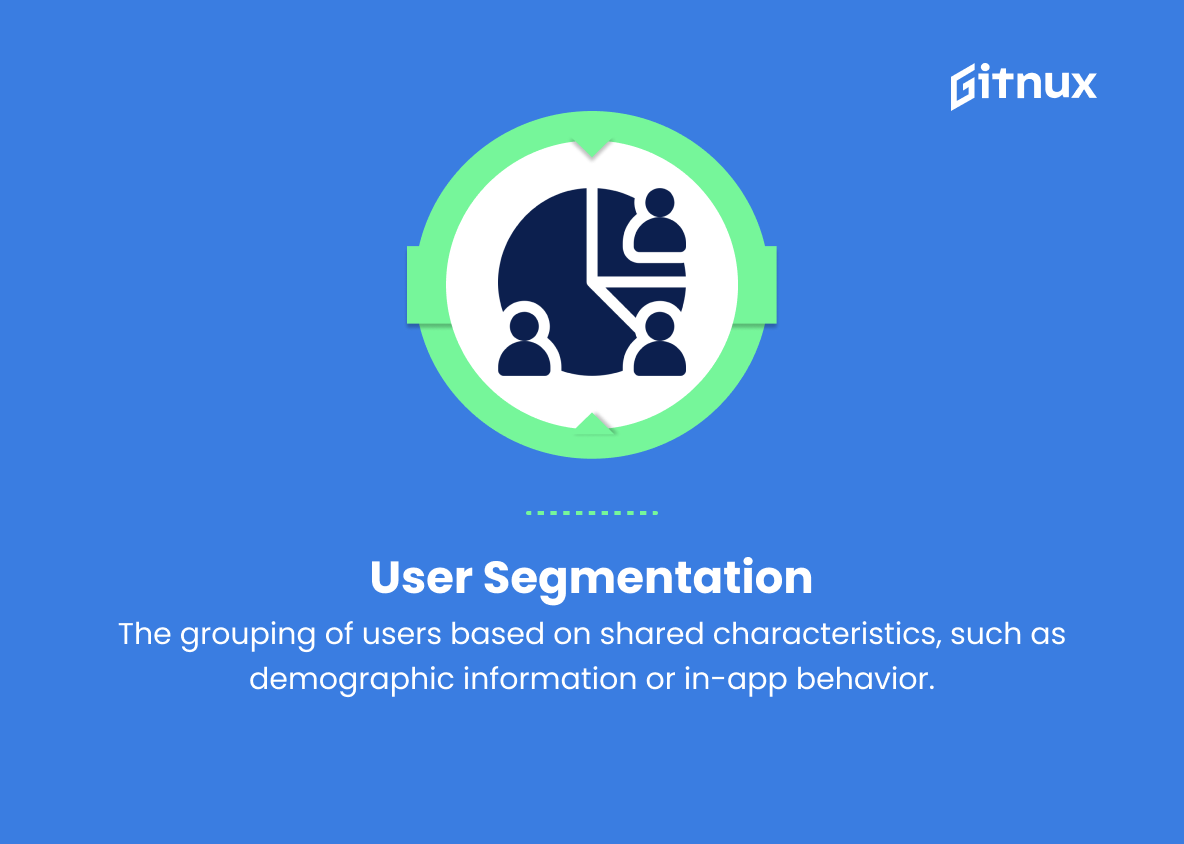In today’s competitive digital landscape, understanding and tracking app engagement metrics is paramount to the success of any mobile application. These metrics serve as valuable insights for businesses, developers, and marketers alike, as they uncover user behavior patterns, preferences, and areas for improvement.
In this blog post, we will delve deep into the most crucial app engagement metrics, discuss their significance, and provide tips on how to leverage these data points to amplify your app’s growth, user satisfaction, and long-term success. So, whether you are an aspiring startup, an established business or an app enthusiast, prepare yourself to unlock the power of these metrics, and maximize your app’s potential like never before.
App Engagement Metrics You Should Know
1. Daily Active Users (DAU)
The number of unique individuals who interact with an app each day.
2. Monthly Active Users (MAU)
The number of unique individuals who interact with an app in a given month.
3. Retention Rate
The percentage of users who return to the app within a specific time period after their first use.
4. Session Duration
The average time a user spends in the app during a single session.
5. Session Interval
The time between a user’s sessions, indicating how frequently they engage with the app.
6. Average Revenue Per User (ARPU)
The amount of revenue generated per user, usually calculated by dividing the total revenue by the number of users.
7. Lifetime Value (LTV)
The projected revenue generated by a user over their entire lifetime using the app.
8. Time in App
The total amount of time users spend in the app over a specified period.
9. Screen Flow
The sequence of screens or pages a user visits within the app, which helps to understand user behavior and identify areas of improvement.
10. In-app Events
Specific actions users perform within the app, such as purchasing a product or completing a tutorial.
11. Bounce Rate
The percentage of users who open the app but immediately leave without engaging with any content.
12. Churn Rate: The percentage of users who stop using the app within a specific time frame.
13. User Satisfaction
A measure of users’ sentiment toward the app, typically gathered through surveys or in-app feedback.
14. User Acquisition
The number of new users gained within a specific time period.
15. User Segmentation
The grouping of users based on shared characteristics, such as demographic information or in-app behavior.
16. User Growth Rate
The percentage increase in the total number of users over a specific time period.
17. Conversion Rate
The percentage of users who complete a specified action or goal within the app, such as signing up for a newsletter or making a purchase.
18. Referral Rate
The percentage of users who recommend the app to others, leading to new user acquisition.
19. Stickiness
The measure of how frequently users return to the app, which indicates its overall level of engagement and user satisfaction. A high stickiness value implies that users find the app valuable and engaging.
20. Push Notification Open Rate
The percentage of users who open and interact with push notifications sent by the app. This metric provides insights into the effectiveness of the messaging and the level of user engagement.
App Engagement Metrics Explained
App Engagement Metrics are crucial in evaluating an application’s performance and effectiveness in retaining and engaging its users. Metrics such as DAU and MAU provide insights into user engagement levels on daily and monthly basis, influencing critical business decisions. Retention Rate, Session Duration, Session Interval, and Stickiness indicate user satisfaction and the app’s ability to maintain user attention over time. ARPU, LTV, Time in App, Screen Flow, and In-app Events are useful in understanding user behavior and how it translates to revenue generation.
Bounce Rate, Churn Rate, and User Satisfaction help measure the overall user experience, informing developers of opportunities for improvement. Metrics like User Acquisition, User Segmentation, User Growth Rate, Conversion Rate, and Referral Rate aid in determining the effectiveness of marketing efforts and user acquisition strategies. Lastly, Push Notification Open Rate reveals the impact of messaging strategies on user engagement and the success of push notification campaigns. Overall, these metrics help measure and improve an app’s performance, user satisfaction, and revenue generation capabilities.
Conclusion
In the rapidly evolving landscape of app development and user retention, understanding and effectively utilizing app engagement metrics is crucial for success. By closely monitoring key performance indicators such as session duration, retention rate, churn rate, screen flow, conversion rate and user feedback, businesses can implement more data-driven strategies to optimize their app, increase user satisfaction and ultimately, boost revenue.
Furthermore, it’s essential to stay updated with the latest trends, tools and techniques to continually improve the app experience catering to the ever-changing needs of users. In essence, mastering app engagement metrics is not just a competitive advantage; it’s the key to creating sustainable growth in today’s digital marketplace.

